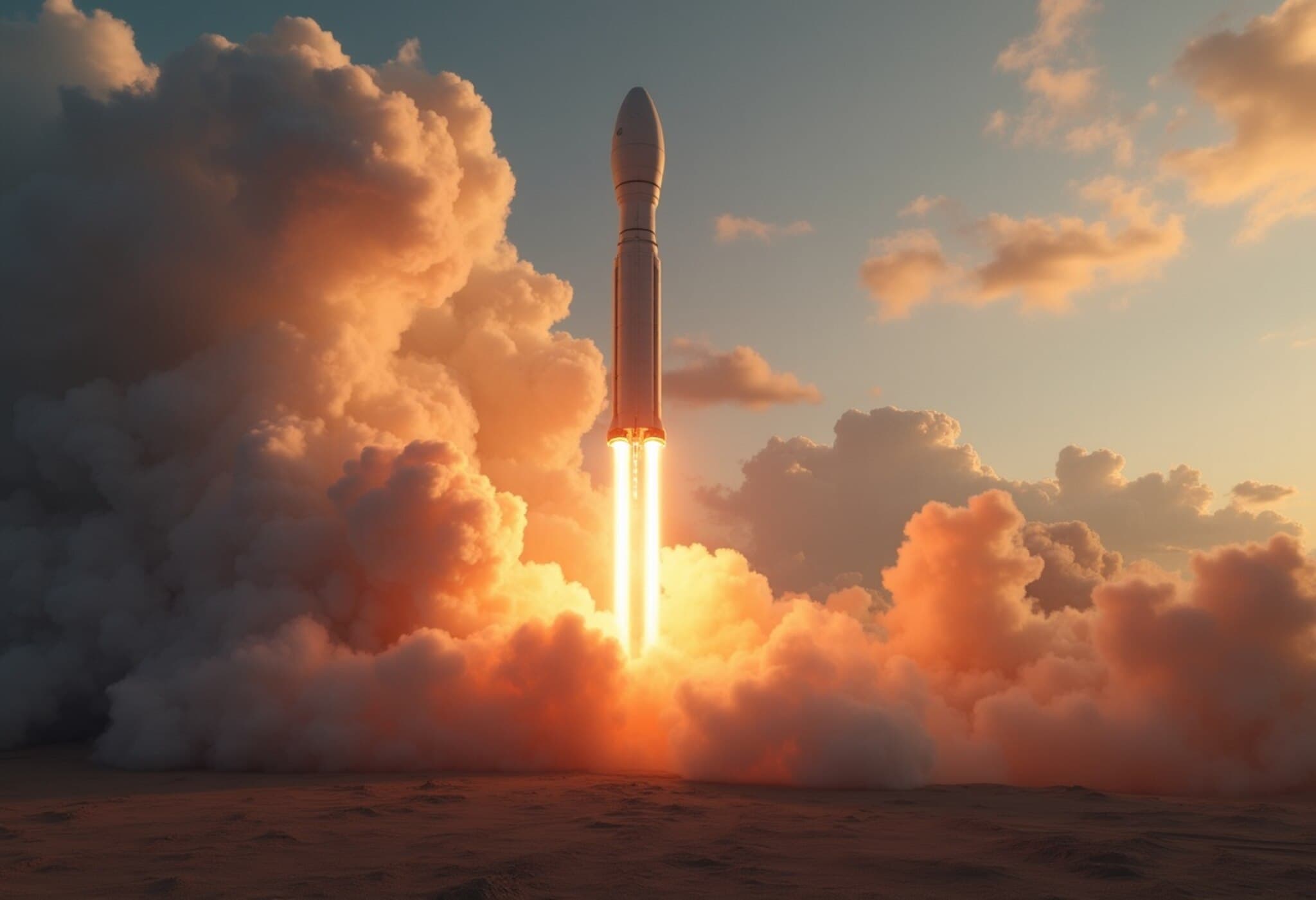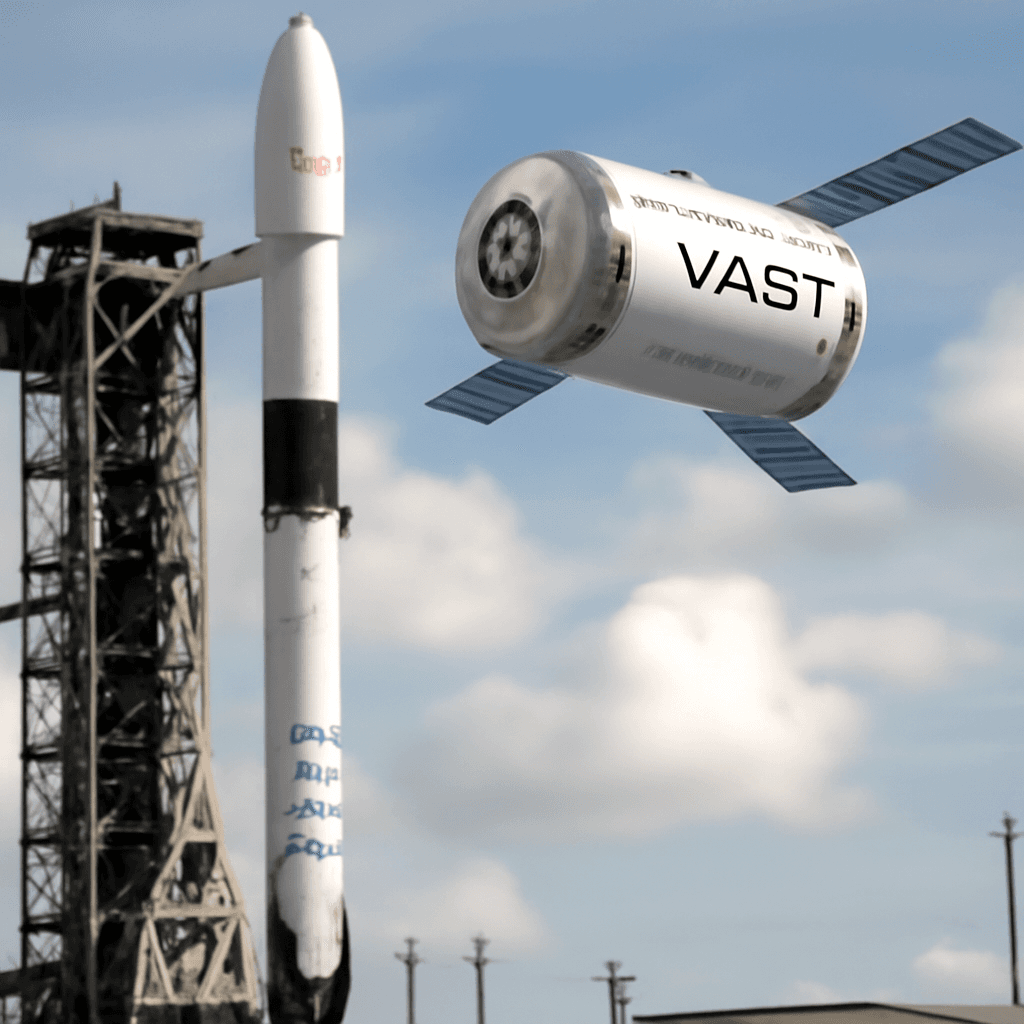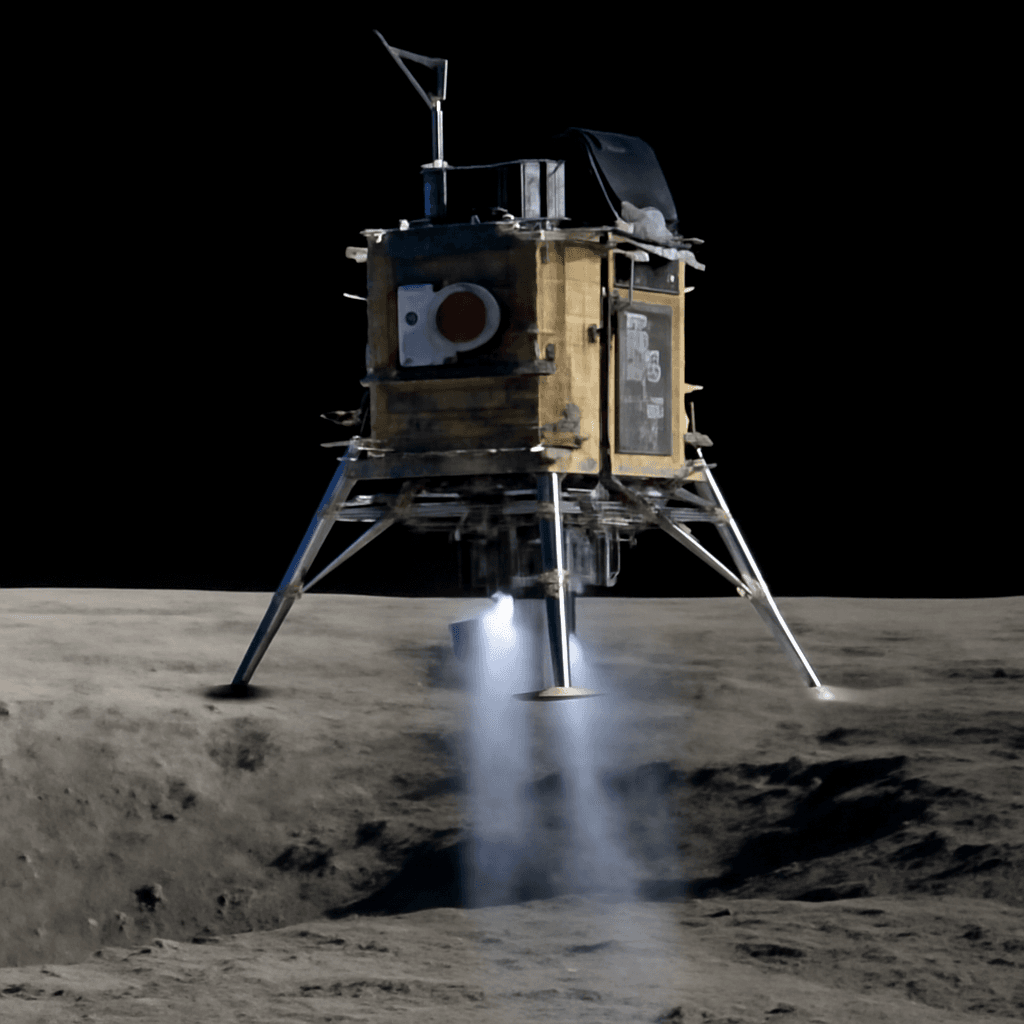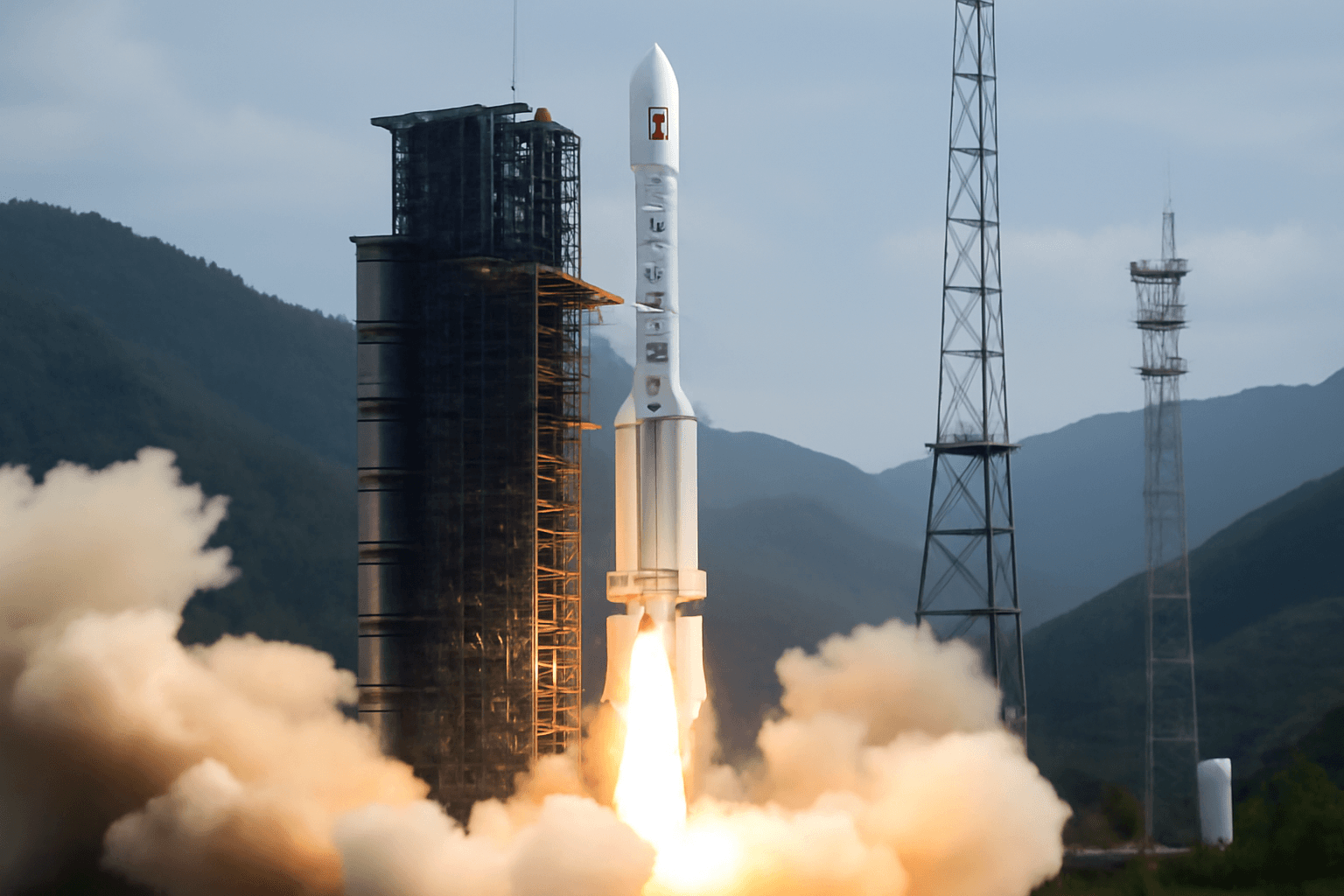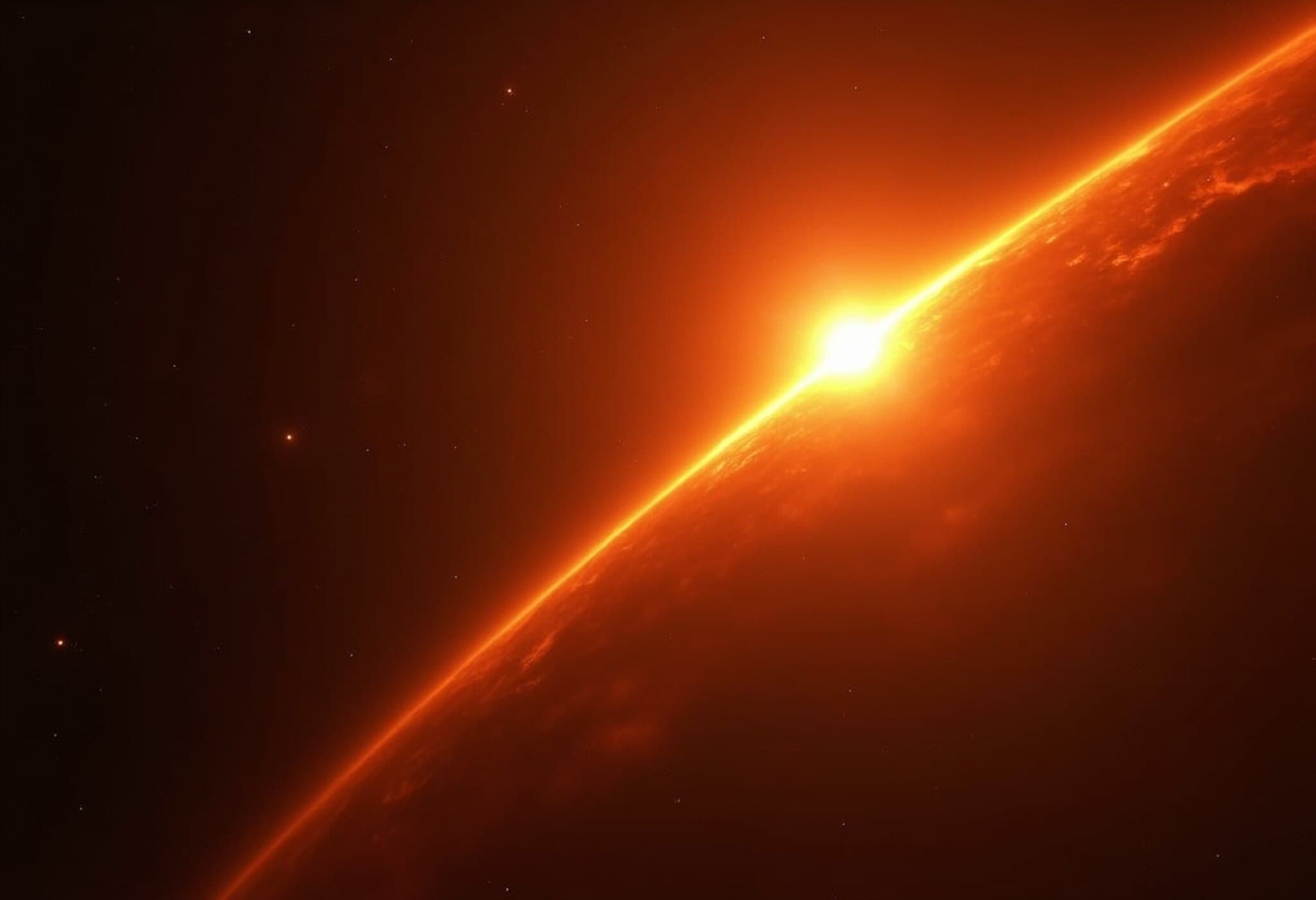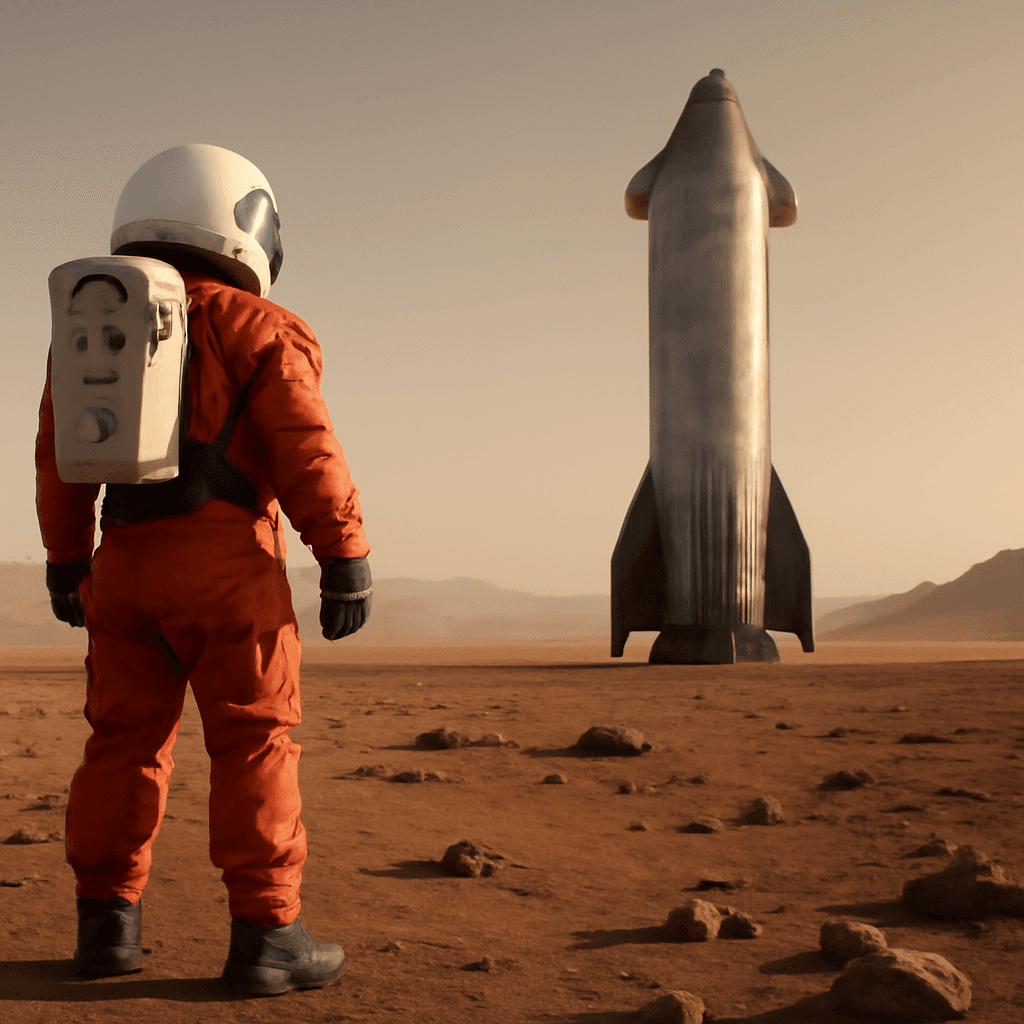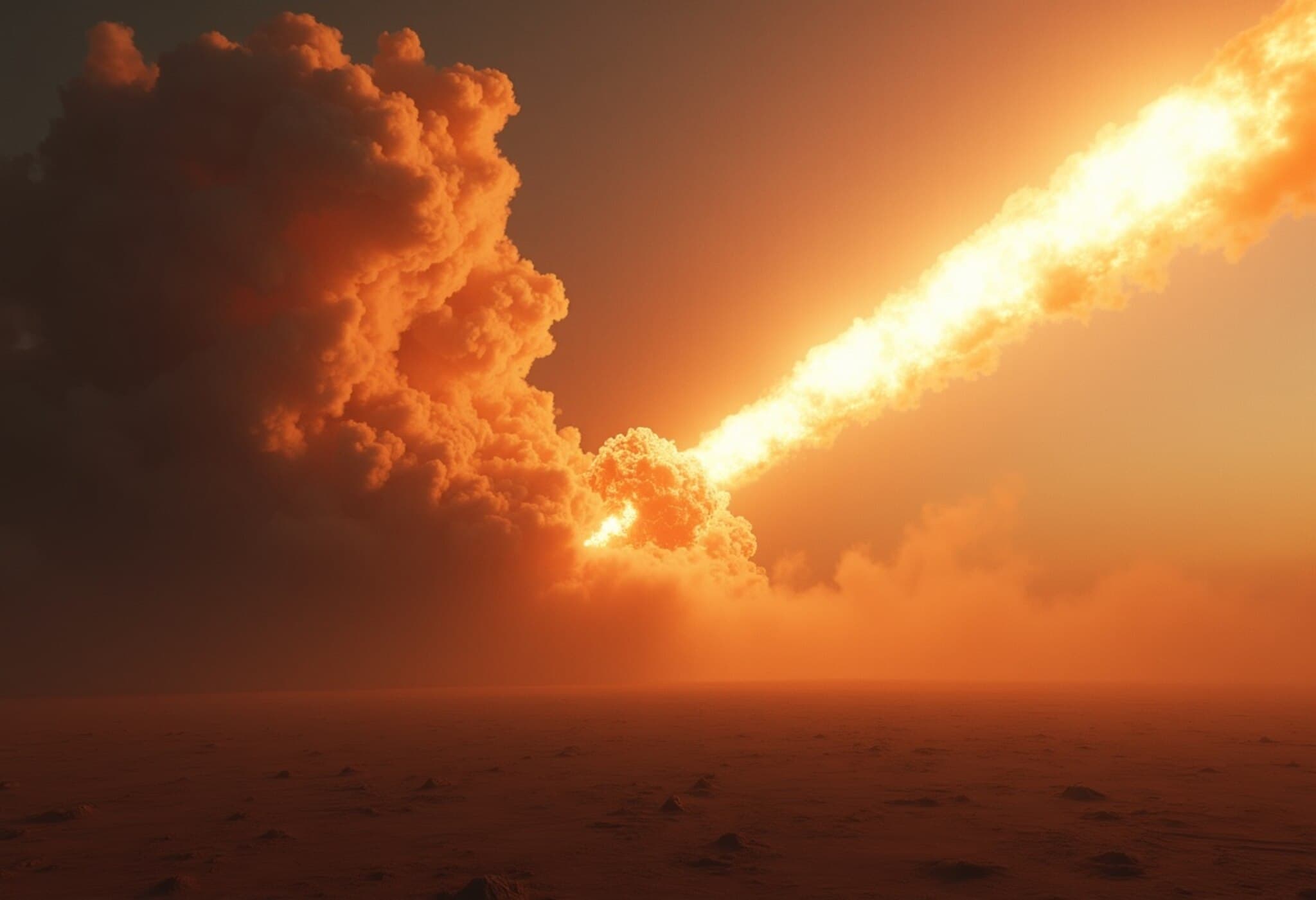Starship Explosion Casts Shadow Over Upcoming Axiom-4 Mission
SpaceX faced a significant setback when its colossal Starship rocket erupted in a massive fireball during a routine test on June 18, 2025. The incident has raised fresh safety questions around the company’s development program, especially as the eagerly awaited Axiom-4 mission approaches.
The Explosion and Its Immediate Impact
As the Starship prepared for its tenth flight test at Starbase, Texas, a major anomaly caused it to explode on the test stand late Wednesday night. While SpaceX has not released any official footage or detailed explanations, independent videos vividly captured the towering fireball and widespread blast effects engulfing the launch pad.
Reassuringly, SpaceX confirmed that all personnel remained safe, emphasizing that a secure perimeter was maintained throughout the testing. The company is now focused on securing the site and coordinating with local authorities.
Background on Starship and Its Track Record
The Starship system, combining the Super Heavy booster and the Starship spacecraft, is designed as a fully reusable vehicle capable of transporting crews and cargo to orbit, the Moon, Mars, and beyond. Standing at an impressive 123 meters tall—nearly one and a half times the height of the Qutub Minar—Starship is the most powerful rocket ever built, with a payload capacity of up to 150 metric tonnes reusable and 250 metric tonnes expendable.
Since its initial test flights began in 2023, Starship has experienced a mixed history with failures in five out of nine flights, including all three attempts in 2025 so far. SpaceX’s culture of "fail fast, learn fast" embraces these setbacks as learning opportunities, though they inevitably add scrutiny to the progress.
Falcon 9 and Indian Astronaut Shubhanshu Shukla’s Mission
Meanwhile, another SpaceX rocket—the Falcon 9—is slated to launch the Axiom-4 mission, set to carry Indian Group Captain Shubhanshu Shukla to the International Space Station. The launch, originally planned for May 29 but delayed multiple times, is now anticipated to occur no earlier than June 22 from Kennedy Space Center, Florida.
Interestingly, SpaceX had reported a liquid oxygen leak on the Falcon 9 rocket, which prompted Indian technical experts, led by Dr. V Narayanan from the Indian Space Research Organization (ISRO), to insist on thorough repairs and validation before the launch. SpaceX addressed these concerns, and ISRO later confirmed that the leak issues were resolved.
The Falcon 9 boasts a remarkable 99.6% safety record across nearly 500 launches, including ten successful crewed missions. Yet, the close attention on safety prior to this mission underscores the high stakes involved.
India’s Growing Collaboration with SpaceX
Just days before the Starship mishap, Union Minister Jyotiraditya M. Scindia highlighted his constructive meeting with SpaceX COO Gwynne Shotwell, discussing satellite collaboration to advance India’s digital ambitions. Shotwell praised India’s licensing of Starlink, viewing it as a solid foundation for further cooperation.
Shotwell also engaged with various Indian space startups and IN-SPACe, the country’s space regulatory entity, signaling deepening ties between SpaceX and India’s expanding space ecosystem. However, it remains unclear if concerns about launch delays and safety were broached during these high-profile meetings.
Expert Opinions on Safety and Oversight
An American aerospace industry expert noted the evolving landscape of rocket operations, stressing the importance of differentiating between routine flights and those pushing technological frontiers. While mishaps are inherent in testing, robust regulatory oversight is crucial to maintain safety and public trust.
Indian rocket scientists uphold a strict ethos of "safety first and safety always," pointing out that, despite occasional failures, India has never witnessed an explosion on the launch pad—a testament to meticulous protocols.
Next Steps for the Axiom-4 Mission
Science Minister Dr. Jitendra Singh confirmed that after evaluating key factors such as module readiness, crew health, and weather, the Axiom-4 launch carrying Captain Shukla could proceed no earlier than June 22. Updates will be communicated as the situation unfolds.
What Lies Ahead
SpaceX’s explosion underscores the ongoing challenges in human spaceflight development, especially as ambitions soar toward interplanetary travel. Amid impressive technological strides, safety remains paramount to ensure that each leap forward is secure and sustainable.

